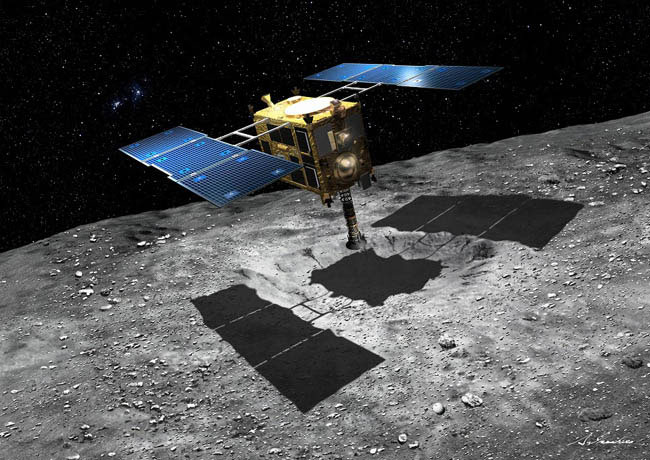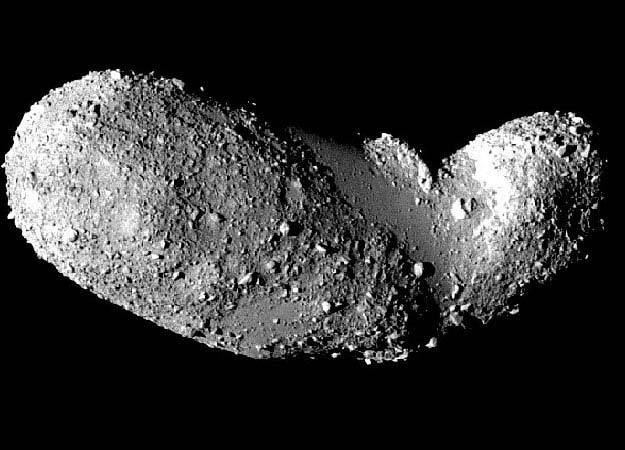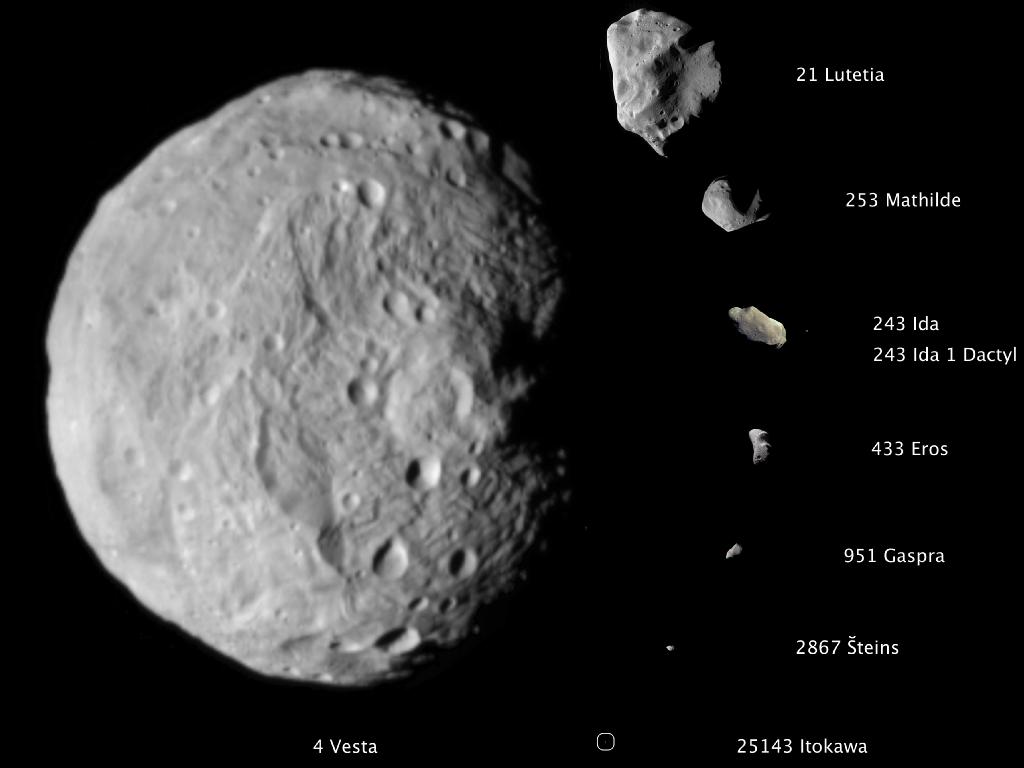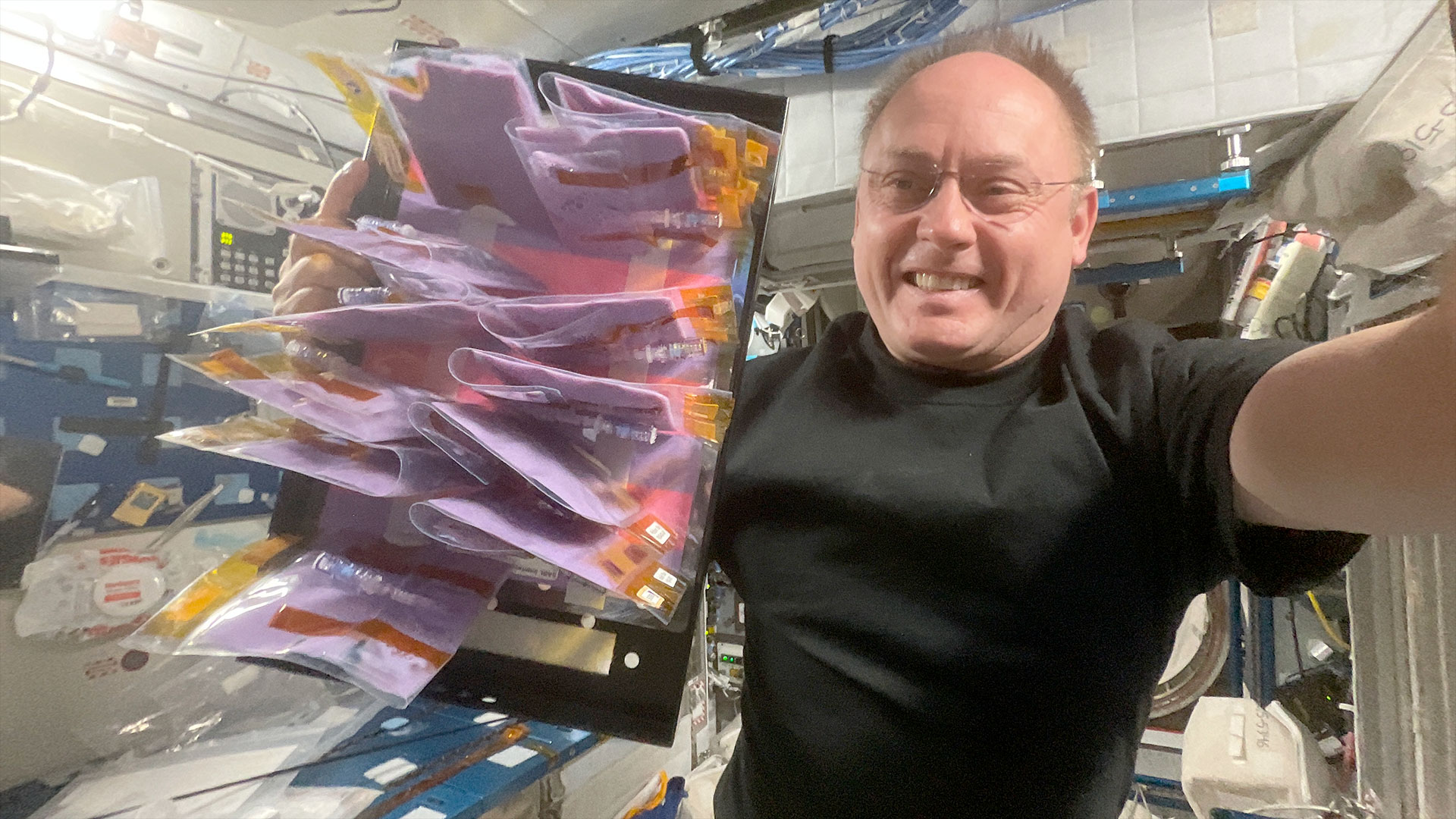Japan Eyes New Space Mission to Sample an Asteroid

Space engineers in Japan are scoping out an ambitious follow-up to the country's Hayabusa mission, which snagged samples from the asteroid Itokawa and returned them to Earth in 2010.
The successor spacecraft, known as Hayabusa 2, would carry out an aggressive study of another asteroid. The probe would drop off two landers, blast the asteroid with an impactor and send more samples back to Earth for close-up inspection.
Earlier this year, Tokyo-based NEC Corporation announced it had started designing the new asteroid explorer for the Japan Aerospace Exploration Agency (JAXA).
Liftoff: 2014
The plan now calls for the Hayabusa 2 spacecraft to be launched in late 2014. The object targeted is 1999 JU3, a carbonaceous or C-type asteroid. [Photos: Asteroids in Deep Space]
The probe’s key mission is to collect and return samples from that rocky world, to help scientists better understand the origin and evolution of the solar system.
Hayabusa 2, propelled by an ion engine, would arrive at the asteroid in mid-2018, conduct a series of observations and operations and then return to Earth by the end of 2020.
Breaking space news, the latest updates on rocket launches, skywatching events and more!
The total cost of the mission is pegged at about $400 million — $150 million more than the original Hayabusa.
The budget boost is not surprising since Hayabusa 2 is going to be launched on Japan’s H2A rocket, which is larger than the M-V rocket used for Hayabusa. The new probe would also have a bigger payload and a longer operational stint, spending roughly one year at 1999 JU3 compared to Hayabusa’s three months of inspecting Itokawa.
The first Hayabusa
"It’s a much more scientifically aggressive mission than the first Hayabusa. They are applying all the lessons learned from that mission to Hayabusa 2," said Paul Abell, lead scientist for planetary small bodies in the Astromaterials Research & Exploration Science Directorate at NASA's Johnson Space Center in Houston. He was a joint science team member on the Hayabusa mission.
The original Hayabusa was launched in May 2003 and reached Itokawa in mid-September 2005. Despite a sampling glitch, the craft managed to return to Earth a precious cargo of ultra-tiny grains of asteroid material. [Photos from the Hayabusa Mission]
Those prized extraterrestrial specimens were parachuted into the Australian outback in June 2010. Some of the bits and pieces are being distributed to researchers around the world.
Hayabusa overcame a series of glitches to make a victorious back-and-forth sojourn, and it has thus been heralded as a robotic version of NASA's famous Apollo 13 mission. But in this case, it was more appropriate to say, "Sagamihara, we’ve got a problem."

Asteroid landers
Abell told SPACE.com that Hayabusa 2 is basically a copycat version of its older sister ship, but with greater capabilities. There’s more redundancy, for one, as well as improved software for autonomous navigation, guidance and control.
Hayabusa 2 will involve international collaborations with Germany, the United States, Australia, and other countries.
One new technical feature is that Hayabusa 2 will tote two landers to the asteroid instead of one. One will be a version of the detachable MIcro/Nano Experimental Robot Vehicle for Asteroid (MINERVA). This tiny lander was on the first Hayabusa as well, but it missed its mark, drifting off into space after being deployed too high above Itokawa.
This time, joining the MINERVA-like lander is MASCOT (Mobile Asteroid Surface Scout), a small separate landing package developed by the German Aerospace Center.
"MASCOT will take some measurements, then move to a different location and take more readings," Abell said.
Impact!
Unique to Hayabusa 2 is its impactor system. Deployed from the mothership, the impactor will slam into the asteroid and blast out a crater. A deployed standalone camera package will watch the high-speed crash.
While all of this is under way, Hayabusa 2 will slip behind the limb of the asteroid.
"They don’t want to be anywhere near the event with respect to the mothership," Abell said. "The ejecta from the impact might interfere with spacecraft systems."
Once Hayabusa 2 is back around the asteroid, it will relay to Earth detailed imagery of the crater.
"So they’d have a really good idea of the actual impact event itself, the crater formation and the ejecta pattern from that hypervelocity impact," Abell told SPACE.com.
Also on the agenda for Hayabusa 2 is to attempt a pinpoint landing at the newly created crater and sample that site, again sifting up material for transport back to Earth.

Sweet-spot samples
Hayabusa 2’s ability to suck up specimens is greater than what the first Hayabusa was capable of — and that gear failed to operate properly. Hayabusa 2 is designed to come back home to planet Earth with three different samples: two prior to the impact event and one post-impact.
"They are very optimistic that they will be able to return much more sample than they have in the original Hayabusa mission. It should be very interesting to see what they bring back," Abell said. "No matter where we go…we’re surprised at what we find."
Abell said scientists and laypeople in Japan and around the world were enthralled with the first Hayabusa mission. It was relatively inexpensive and had a high scientific payoff. Hayabusa 2 is being designed in the same vein.
"What you are starting to see is recognition that missions to near-Earth objects are very attractive," Abell added. Asteroids are interesting for many reasons, cutting across both science and space exploration. Some scientists and entrepreneurs advocate mining asteroids someday, since they harbor vast stores of potentially valuable resources, including water, iron and platinum.
And many researchers stress that we need to learn more about space rocks, since a big one is bound to strike Earth again sometime in the future.
The payoff from this type of asteroid research is valuable "in terms of how to deal with something that may have our name on it in the future," Abell said.
Leonard David has been reporting on the space industry for more than five decades. He is a winner of last year's National Space Club Press Award and a past editor-in-chief of the National Space Society's Ad Astra and Space World magazines. He has written for SPACE.com since 1999.
Join our Space Forums to keep talking space on the latest missions, night sky and more! And if you have a news tip, correction or comment, let us know at: community@space.com.

Leonard David is an award-winning space journalist who has been reporting on space activities for more than 50 years. Currently writing as Space.com's Space Insider Columnist among his other projects, Leonard has authored numerous books on space exploration, Mars missions and more, with his latest being "Moon Rush: The New Space Race" published in 2019 by National Geographic. He also wrote "Mars: Our Future on the Red Planet" released in 2016 by National Geographic. Leonard has served as a correspondent for SpaceNews, Scientific American and Aerospace America for the AIAA. He has received many awards, including the first Ordway Award for Sustained Excellence in Spaceflight History in 2015 at the AAS Wernher von Braun Memorial Symposium. You can find out Leonard's latest project at his website and on Twitter.
